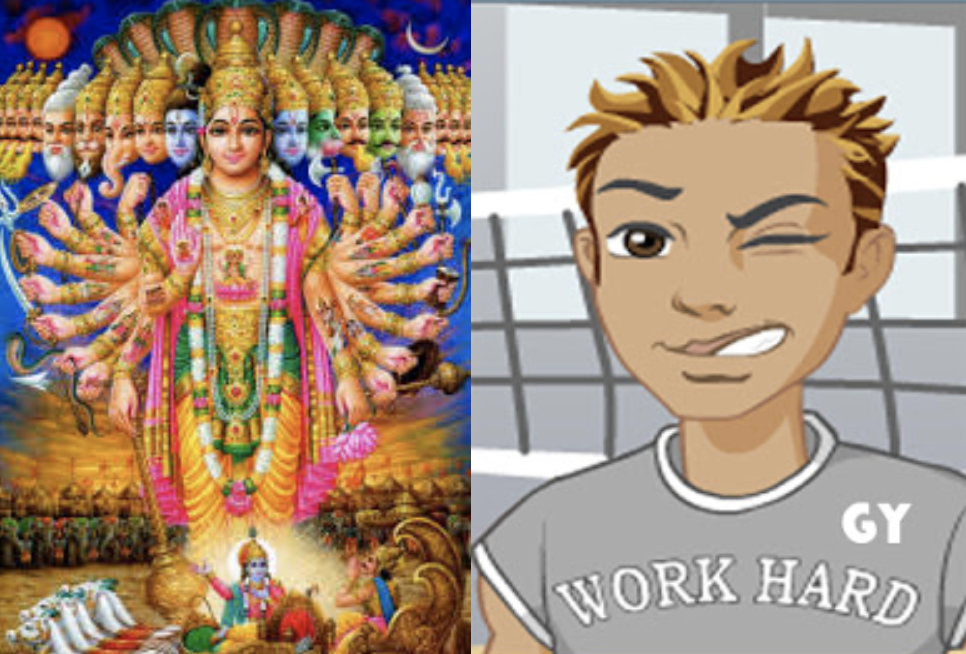Avatars are the physical depiction or perception of what we deem sacred and holy.
Avatars can be found throughout the world. They have religious connotations but are also found online as the picture we use to represent ourselves. In Buddhism and Hinduism, avatars are the physical embodiment of gods/deities that represent a certain aspect of nature or the beyond. Western culture sanctifies online personas just as much as Buddhists or Hindus sanctify their gods by creating Avatars.
When comparing the two very different kinds of avatars, I found that there are many similarities between institutionalized religion, and internet culture. Both have a large following, are turned to when in need, and are trusted when searching for comfort, answers, and a sense of community. Both the internet and religion create a subculture that people are devoted to and hold sacred.
I am very interested in the study of internet culture and religion because I believe that in many ways, the internet has become a new religion. There has been a shift in our culture from being religious to being more scientific and technology driven. More millennials now are identifying themselves as atheists, or “spiritual” rather than “religious”.
Reflection: After a semester of exploring “What is Avatar” in class, I wished we could have gone more in-depth into the ideas I addressed here. What I wrote inspired me and I wished I could have explored these concepts more in class. I learned a lot about myself and what I am interested in through this post.


